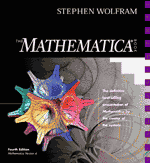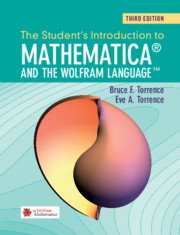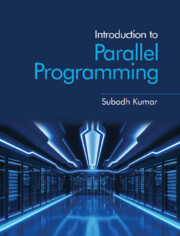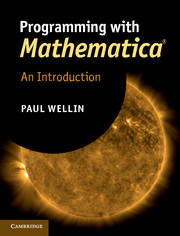MathLink ® Paperback with CD-ROM
This book introduces the basic concepts of MathLink and explains how to extend Mathematica using MathLink. MathLink provides a simple and powerful way to write programs which communicate with Mathematica and it provides access to a wide range of network resources. Writing network programs is the most demanded skill in the Internet age and MathLink provides a sophisticated level of network programming to the non-programmer, scientist, engineer, and student. The text assumes that the reader is already familiar with Mathematica. Source code for a range of practical examples - ranging from elementary to advanced - is examined in detail, allowing the reader easily to adapt the code to suit their own needs. The purpose of this book is to show how to write MathLink programs and how to apply MathLink in a variety of situations. A CD-ROM accompanies the book, which includes the code accompanying the examples and the application CodeWarrior Lite.
- The only book specifically on MathLink programming
- Network programming is the hottest computer skill to have at present (with the Internet, etc.)
- Authors are both recognized authorities in the field
Product details
November 2001Mixed media product
9780521641722
262 pages
236 × 204 × 20 mm
0.685kg
Out of stock in print form with no current plan to reprint
Table of Contents
- Preface
- Acknowledgments
- Part I. Basics: Introduction
- 1. Connecting the front end and the kernel
- 2. Compile AddTwo program
- 3. Transfer time over MathLink
- 4. Debugging MathLink programs
- Part II. Applications:
- 5. Turtle graphics
- 6. Cellular automata
- 7. MovieDigitizer
- 8. Object-oriented programming
- 9. Implementing an event driven mechanism
- 10. Creating a window object
- 11. Application of a window object
- 12. Writing an interactive graphics system
- 13. Linking Mathematica sessions
- Appendix A - Questions and answers for MathLink
- Appendix B - Documents and information.






